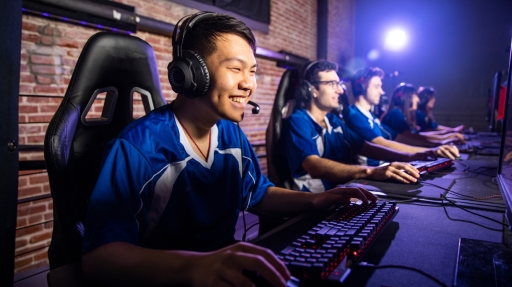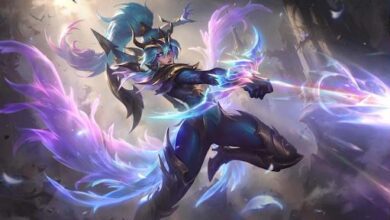
Navigating the Gray Area: Understanding “Gentleman’s Agresements” in Esports
The world of esports, where competitive gaming thrives, has its own unique set of customs and regulations. One such custom that has garnered both praise and criticism is the Gentleman’s Agreement (How2invest). But what exactly are GAs, and how do they impact the competitive landscape?
From Unwritten Rules to Esports Debates: The Rise of GAs
GAs are essentially unofficial agreements established between professional players or teams within an esport. These agreements supplement the official rules of the game by outlining additional restrictions or limitations on certain gameplay elements. There’s no formal documentation or governing body enforcing GAs, relying solely on a sense of honor and mutual respect among players.
The specific reasons for implementing GAs vary, with some common motivations including:
- Promoting Fair Play:Some GAs aim to level the playing field by restricting players from using specific overpowered weapons, strategies, or exploits that might disrupt competitive balance and limit the variety of tactics employed.
- Maintaining Competitive Integrity:Certain GAs seek to preserve the spirit of the game by discouraging tactics deemed unethical or unsportsmanlike.
- Enhancing Viewership Experience:Occasionally, GAs are implemented with the intention of creating a more exciting and engaging spectator experience by promoting specific playstyles or strategies.
However, GAs are not without their controversies:
- Lack of Transparency:The unofficial nature of GAs raises concerns about transparency and fairness. While the agreements may be established through open communication, their existence can be confusing for fans and newcomers who might not be aware of the additional restrictions in play.
- Potential for Abuse:There’s a risk that GAs could be manipulated by dominant teams to stifle innovation or limit the possibilities for weaker teams to find success through unconventional strategies.
- Blurring the Lines:The distinction between GAs and official game rules can be blurry, potentially leading to confusion and inconsistency in enforcement.
Case Studies: GAs in Action
To illustrate the potential benefits and drawbacks of GAs, let’s explore specific examples within different esports titles:
Call of Duty League (CDL): In CDL, specific weapons and equipment deemed excessively powerful or unfair may be subject to GAs. For instance, the community might agree to restrict the use of specific sniper rifles or overpowered grenades, aiming to promote balanced and diverse gameplay.
Super Smash Bros. Melee: In this fighting game, certain advanced techniques considered detrimental to the competitive experience, such as “wavedashing,” might be restricted through a GA. This aims to maintain the integrity of the game’s core mechanics and prevent the dominance of overly technical play.
League of Legends: GAs are less prevalent in this MOBA (multiplayer online battle arena) due to the frequent balance updates implemented by the game’s developer. However, some players might unofficially agree to avoid exploiting specific map bugs or champion interactions that haven’t been officially patched.
Beyond the Controversy: Moving Forward with GAs
As the esports scene continues to evolve, the role and implementation of GAs will likely remain a topic of debate. While their potential to foster fair play and enhance the competitive experience is undeniable, concerns regarding transparency, potential abuse, and inconsistency in enforcement cannot be ignored.
To navigate the complexities surrounding GAs, certain steps can be considered:
- Increased Transparency:Greater clarity and open communication regarding the existence and rationale behind GAs can benefit the community and maintain fairness.
- Collaboration with Developers:Open dialogue between players, teams, and game developers can foster a collaborative approach to maintaining balance and addressing potential issues instead of relying solely on GAs.
- Focus on the Core Values:Remembering the core values of fair play, competitive integrity, and a positive spectator experience can guide decisions concerning GAs and ensure they serve the best interests of the esports community.
Ultimately, the debate surrounding GAs is a reflection of the ever-evolving nature of esports. By approaching this discussion with an open mind and a commitment to fairness, both players and developers can work together to ensure GAs, if utilized, contribute positively to the growth and enjoyment of competitive gaming.




